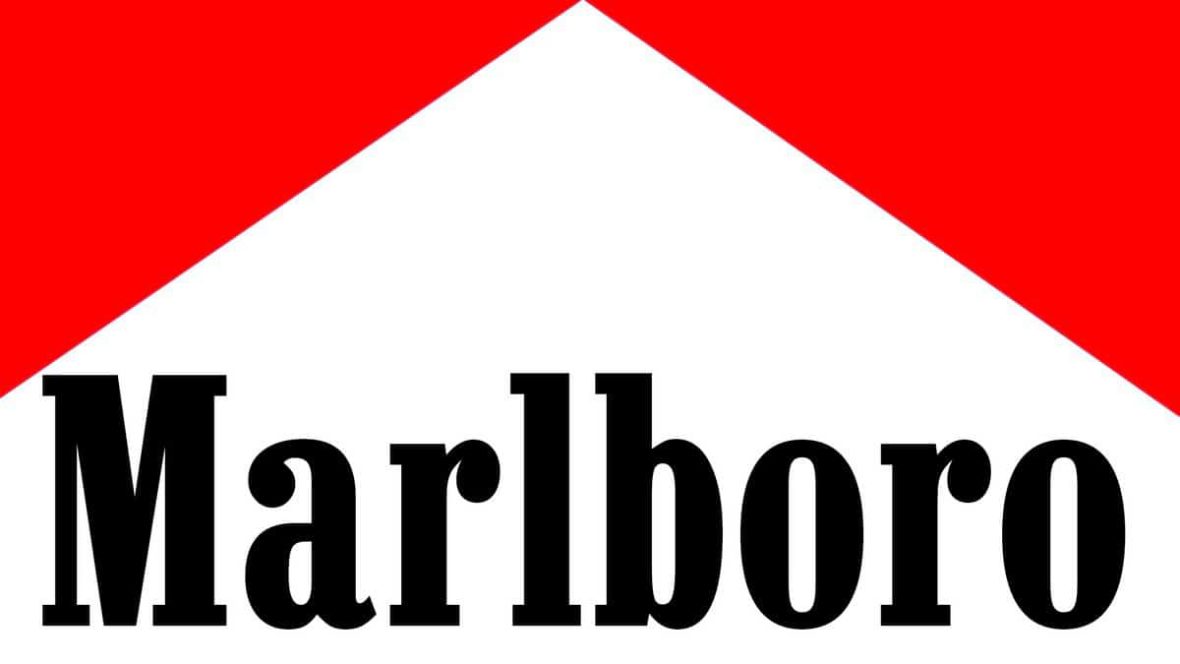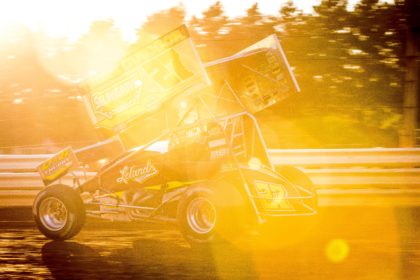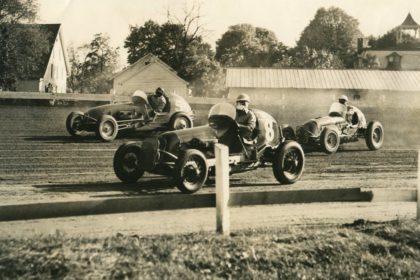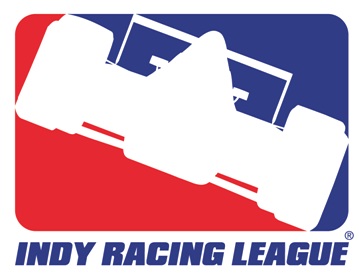Winston and NASCAR. For decades, these two brands were synonymous with one another. The R.J. Reynolds company promoted their Winston cigarette brand via sponsoring NASCAR’s premier Grand National Division from 1971- 2002, and quickly became the poster child for corporate sponsorship in the motorsports industry. In many ways, Winston’s success in NASCAR changed the way the business world viewed and approached the motorsports industry to promote their brands, as Winston’s relationship with NASCAR proved to be mutually beneficial from the beginning. Today, the multitude of positive impacts that Winston’s sponsorship brought to NASCAR goes mostly unnoticed, as Winston’s outpouring of national marketing dollars helped to bring the stars of NASCAR into the homes of Americans across the country, providing the series with visibility that would have been nearly impossible to generate themselves. Meanwhile, NASCAR fans showed intense brand loyalty and support for the company that supported the sport that that they loved. Without the financial support of Winston, one could argue that NASCAR would never have grown to reach the levels of popularity that it enjoys today. The great Chris Economaki said it best in his autobiography ‘Let ‘Em All Go’, “Many people point to the 1990’s as the era of growth for NASCAR, but you can trace the roots of its explosive arrival onto the mainstream American stage back to its historic partnership with Winston.”
A glance at the mutual benefits of Winston’s partnership with NASCAR commonly generates different “what if?” scenarios as to how today’s hierarchy of the motorsports industry might be different if NASCAR’s relationship with Winston had never been established. After studying the multitude of ways in which NASCAR and Winston supported each other throughout their relationship, the biggest questions I began to ask myself were: “What attracted tobacco companies to the motorsports industry?”, “What if Winston had sponsored a different series rather than NASCAR?”, “What if Winston or another larger tobacco company had sponsored a different series?” As I began to research the timeline of events that formulated the relationship between the tobacco industry and motorsports, I discovered the answers to these questions and more.
The origins of the tobacco industry’s interests in motorsports begins with the implication of the Public Health Cigarette Smoking Act of 1970. Officially put into force on January 2, 1971, the Public Health Cigarette Smoking Act required a stronger health warning on cigarette packages, saying “Warning: The Surgeon General Has Determined that Cigarette Smoking Is Dangerous to Your Health.” More important to the plot of this article, the act also banned cigarette advertisements on American radio and television. The advertising ban sent shock waves through the tobacco industry, as tobacco companies had previously poured millions of dollars into radio and television advertisements each year. This act left them with an abundance of marketing dollars to spend, with nowhere to spend them.
NASCAR has Junior Johnson to thank for igniting their relationship with the R.J. Reynolds (RJR) company, as the highly successful driver and team owner wasted no time in seeking tobacco money for his racing operation shortly after the implication of the Cigarette Smoking Act. During their discussions, one of the topics of conversation was whether or not television companies would be obligated to “black out” tobacco brand names during their broadcasts to meet the demands of the federal authorities. Once it was confirmed that technology did not exist for such “blacking out” to occur, the intensity of the negotiations increased. When RJR informed Johnson that their desires in NASCAR reached beyond sponsoring just one team in the series, Johnson graciously put them in contact with the France family and the rest is history. RJR and NASCAR quickly settled on terms for a sponsorship agreement, and in 1971 the NASCAR Grand National Division became known as the Winston Cup.
While NASCAR enjoyed the fruits of their Winston sponsorship for the better part of three decades, many were left to wonder why the United State Auto Club’s (USAC) premier division, the Championship Car Series, never generated enough interest to attract corporate backing. Despite featuring one of the premier racing events in the world, the Indianapolis 500, USAC was seemingly incapable of securing a title sponsor for their premier series year after year. What history has nearly forgotten, however, is that USAC did secure a major corporate sponsor for their series in 1970, of which planned to support the series in similar ways in which Winston would eventually support NASCAR, but USAC disgruntled the sponsor after just two years, resulting in the company eliminating its support for the organization altogether.
As confirmation of the eventual implication of the of the Public Health Cigarette Smoking Act of 1970 began to take shape, many tobacco companies began to proactively seek other marketing opportunities outside of television and radio advertisements in preparation for the impending regulations in 1971. It was at this time that Marlboro, a global leader in the tobacco industry at the time, approached USAC in March of 1970 in regards to sponsoring the Championship Car Series for the 1970 season. With minimal time to prepare a major rebranding of the series, Marlboro’s involvement for the 1970 season was minimal, but included their financial support for a $25,000 point fund paid out to the top three finishers in season points, as well as the company providing widespread promotion of the series’ events both locally and nationally.
After a successful 1970 season, both sides immediately began working on plans for a larger presence for Marlboro for the 1971 season. Marlboro’s new sponsorship agreement with USAC for the 1971 season included supplying $500,000 in sponsorship funds in exchange for renaming the Championship Car Series the Marlboro Championship Trail, with the company continuing to provide promotion of the series’ events both locally and nationally as well as increasing the point fund to $75,000 for the top three in points at the end of the season. The new deal was reached before the start of the 1971 season, and strengthened what appeared to be a long and healthy relationship between the two organizations. The 1971 Marlboro Championship Trail season consisted of 12 races across the country, with Joe Leonard emerging as the champion. The season went smoothly on all levels, and Marlboro was satisfied with their return on investment as a result of their support of the series.
As both sides began to prepare for the 1972 season, Marlboro expressed interest in once again increasing their investment in the series by expanding the point fund from $75,000 to $150,000, as well as expanding the season ending points pay out deeper into the field. USAC’s future was bright as the series looked forward to the 1972 season as they had established stars in Al & Bobby Unser, Mario Andretti and A.J. Foyt, the Indianapolis 500 was growing in popularity each and every year – not to mention the fact that there hadn’t been a death at the speedway since 1968 – and their corporate sponsor was not only satisfied with their investment, but increasing their involvement for the future year after year. At least on the surface, it is hard to imagine a brighter future for USAC than how things appeared in the days after the 1971 season.
That all changed on December 14, 1971. On this date, at the Speedway Motel adjacent to the Indianapolis Motor Speedway, the Parnelli Jones–Vel Meltich Racing Team held a press conference to announce their plans for the 1972 season. In contrast to how Junior Johnson can be credited for bringing Winston to NASCAR, the Parnelli Jones–Vel Meltich Racing Team can in some ways be credited for chasing Marlboro away from USAC. At their press conference, the Jones-Meltich team announced the addition of their newest corporate sponsor, the Brown and Williamson company, who promoted the Viceroy cigarette brand. The deal was said to be worth millions, and included the primary sponsorship of the Al Unser and Mario Andretti driven machines, as well as an “associate sponsor” for the defending USAC National Champion Joe Leonard’s racer for the 1972 season. All three cars would feature the Viceroy colors for the duration of the season, with the Viceroy logo placed prominently all over the cars and drivers’ uniforms. The team also announced the addition of Maurice Phillipe, who they lured away from Lotus, to design new cars for the team, as well as the addition of top mechanic George Bignotti to prepare the team cars for the upcoming 1972 season. The announcement sent shockwaves through the sport, and the Parnelli Jones–Vel Meltich Racing Team was immediately known as the “Superteam,” as many believe that they had composed the greatest racing team that USAC had ever seen. One thing was now clear as the 1972 season approached: the “Superteam” was going to be tough to beat, and many expected them to dominate the series all season long.
On the surface, the addition of the Viceroy sponsorship to USAC’s strongest team appeared to be a blessing. After all, corporate sponsorships are hard to come by in motorsports, and should not be taken lightly or be unappreciated. Marlboro did not agree with that logic, however. After all, Viceroy was a rival brand to their products. Not only that, but the newly formed Parnelli Jones–Vel Meltich Racing Team was sure to win several races throughout the season, which meant that their rival’s logo would be very prominent in the series that they were spending hundreds of thousands of dollars to promote! As written in an April, 1972 Motor Sport magazine article, “The writing was on the wall for Marlboro: they did not need very much imagination to see that a good proportion of the races they were sponsoring are likely to be won by cars backed by a rival and the idea did not appeal.” Subsequently, Marlboro immediately contacted USAC to express their frustration with Viceroy’s emergence into the sport. Simply put, they wanted USAC to prevent the Parnelli Jones–Vel Meltich Racing Team from carrying the Viceroy sponsorship on their cars due to a conflict of interested with their Marlboro brand. It was an understandable move by Marlboro, as they felt as though they needed to protect their investment in the sport.
To be fair to USAC, Marlboro put the organization in an extremely difficult spot with their demands. On one hand, USAC had a corporate sponsor for their series with the potential to take their organization to higher levels of popularity than ever imagined. On the other hand, they faced the likelihood of angering a team loaded with some of their best talent, and risking the chance of losing their defending champion and two of their biggest stars at the time to a rival series. After much thought and consideration, USAC eventually informed Marlboro that it did not have the authority to regulate the sponsors that teams displayed on their cars. With that, Marlboro withdrew its support of the series and was gone in an instant. It was as simple as that. USAC picked a side, and it wasn’t Marlboro’s; so, Marlboro was gone.
At the time, Marlboro’s departure from championship racing was not viewed as earth shattering news, and few, if anyone, realized the implications that the departure of the company meant for USAC’s future. As Chris Economaki said, “I can assure you that at the time none of us realized the implications of Marlboro’s withdraw from championship racing. We thought it was another ‘news of the day’ item, and went on about our business. But in retrospect it was a very critical development and perhaps sealed the fates of major-league racing in the United States for decades to come.”
The 1972 USAC Championship Car season went on as scheduled, featuring 10 races across the country. Marlboro’s assumptions of the future success of the Parnelli Jones–Vel Meltich Racing Team came true to a certain degree, as Joe Leonard won three consecutive races during the season at Michigan, Pocono and the Wisconsin State Fair. Overall, the three team cars of Leonard, Unser and Andretti won three races and one pole position across the ten sanctioned events, with Leonard emerging as the National Champion, Unser fourth and Andretti eleventh in the final season long points standings.
Looking back at the deterioration of Marlboro and USAC’s relationship, one could argue that a collapse of this nature would never happen today, as teams of lawyers would be tasked to hash out these details in contractual agreements long before a similar situation ever developed. A perfect instance of similar situations arising and being sustainable in the past include multiple beer sponsorships coexisting in NASCAR, despite Coors Light being the official beer of NASCAR, as well as Alltel sponsoring Ryan Newman’s #12 NASCAR Cup car during Nextel’s tenure as the primary sponsor of the Cup Series. Economaki also shared his thoughts on the business side of racing in those days, “…[Marlboro’s departure] also illustrates the fact that many people in the sport at high levels showed their ineptitude in dealing with these complex issues. They simply didn’t know how to make the proper contractual arrangements concerning these types of relationships. They simply took all the money from sponsors as it was coming in, not yet recognizing that these companies had rights associated with these payments.”
In the end, the early 1970s served as a critical turning point in American motorsports history. As NASCAR embraced its relationship with Winston and continued to promote and grow their brands together, USAC’s inability to retain their Marlboro sponsorship sent the two organizations in different directions. Although not immediately noticeable, one could argue that NASCAR began its rise to the top of the American motorsports hierarchy with the retraction of Marlboro from the USAC scene. We know today how critical corporate sponsorship is to any series, with their immeasurable promotional and marketing help to assist in presenting the series’ product to the public. Without corporate assistance to match the likes of Winston and NASCAR, USAC failed to keep pace with the stock car powerhouse through the next three decades. Hindsight is always 20/20, and this is no exception. Tobacco money changed the landscape of American motorsports forever, and USAC let their piece of the pie slip through their fingertips before realizing its true potential. The late Chris Economaki’s final thoughts on this topic in his book “Let ‘Em All Go” summarizes this all quite well:
“All of this provides a delicious “what if?” opportunity. What if Marlboro had stayed on with championship racing for 30-plus years, providing promotion and visibility at the same level Winston provided NASCAR? How would auto racing be different today?
Makes you wonder, doesn’t it?”
Yes, it does Chris. It certainly does…



